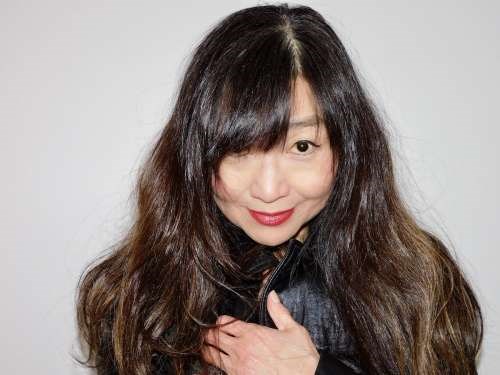A University of Guelph professor has put together a list of films to help students explore negative stereotypes of Asians and achievements by Asian North American performers during Asian Heritage Month.
Elaine Chang is a professor at the School of English and Theatre Arts and editor of Reel Asian: Asian Canada on Screen. Her work focuses on anti-colonial and Asian North American cultural studies, literary adaptation for the screen and screen writing.
For Asian Heritage Month, Chang created a blog post of double feature films which depict the Asian community in positive and negative ways. By examining these films, she aims to enrage, entertain, educate, and engage viewers.
“They kind of are outrageous in terms of exemplifying these negative stereotypes,” said Chang about these films, “But they also include some great landmark stories which represent great achievements from Asian North American performers, filmmakers and directors.
“So I do try to look at some of those stereotypes, but I also do look at the ways Asian creatives in the film and TV industry have broken out and do appeal now to the sense of the universal,” she said.
"It was really fun for me to do and I felt like I was doing something."
Film is a medium that allows people to experience different cultures, but Chang explains minorities are prone to being caricatured by Hollywood in films, especially south and south-east Asian roles where white actors have used yellow face and brown face.
“That is alarming, and yet, we do have this long standing idea that people of colour really aren’t qualified to play themselves as well as a white actor can,” said Chang.
“That’s where some of the damaging stereotypes came from.”
Despite representing 60 per cent of the world’s population in 48 diverse countries, Chang said prejudice paints all Asians under the same brush.
“So much of anti-Asian prejudice involves the universality of mistaken identity when an Asian group is targeted as a scapegoat, or a reason for something awful,” she said.
In this pandemic, Chang said the rise of anti-Asian hate against the Asian community is a paradox of invisibility and hyper-visibility.
“The anonymity imputed to people of Asian descent, but when you’re seen, and seen with such fury and hatred,” she said, “sometimes it’s hard for me to wrap my brain around that.”
Chang also notes these attacks are happening not only in the United States, but in Canada and in cities like Guelph. Recently, a Guelph man was charged with harassment after following and spitting toward an Asian couple.
“When that hatred, that scapegoat mechanism gets triggered, when does it stop?” said Chang, “What could possibly satisfy the people who are inclined to commit that type of violence to stop?
“It is terribly frightening.”
Despite the rise in anti-Asian hate, online videos of these attacks against the Asian community have been met with people feeling angry and horrified, said Chang. She explains these feelings have been a strong-encounter against anti-Asian hate.
“Nothing can change unless we have allies across all the demographics,” she said.
Calling out racism in all forms, including more subtle acts embedded into institutions, can result in positive changes. As well, watching films and visual stories of the Asian community can also help to debunk stereotypes.
"I think film screenings are great for bringing people together and just having frank, candid conversations afterwards."
